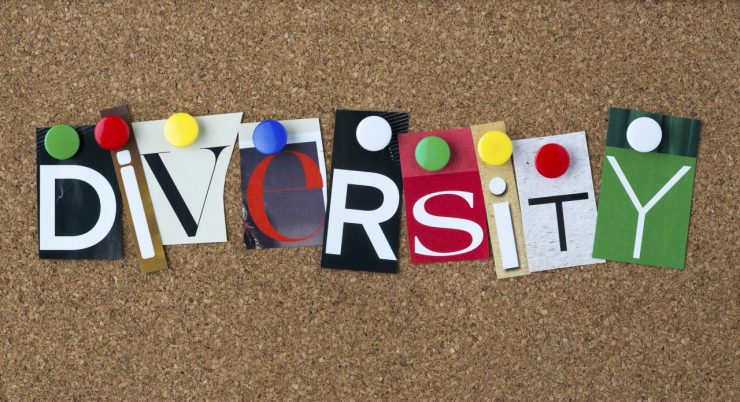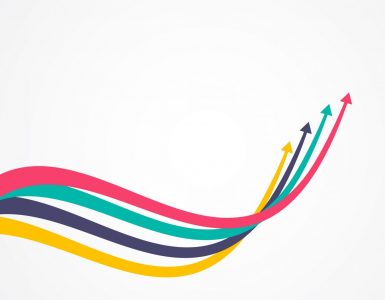Often criticized in the past as well-intentioned but stagnant, corporate diversity departments at major organizations have never been so visible. With Google yesterday pledging a substantial sum to Code2040, a nonprofit fostering diversity in Technology, and several key players in Silicon Valley publishing their lackluster diversity data in 2014, those in charge of workforce mix are in the hot seat.
This is a positive finding considering that in a Deloitte report last year covering key HR trends, Diversity/Inclusion was consistently reported as one of the least important issues on leaders’ minds compared to other HR matters. What’s more, a SHRM report confirmed that among the Fortune 1000, a full one-fifth of respondents indicated their organizations have very informal diversity efforts with nothing structured at all, with 41% of study respondents specifying the underlying reason being that they’re “too busy”.
As a diversity consultant, a record number of corporate clients are either reviving and rebuilding their diversity programs—or launching them from scratch. The good news is that any organization on the path to improving their inclusivity can take a page from workplaces that are leading the charge in reframing diversity efforts, as the trends below highlight:
- More CEOs Are Piping Up: Outside of the surge in corporate webpages that now include a diversity statement from the CEO, more CEOs are using their platforms to address inclusion issues live. Last quarter Lockheed Martin CEO Marillyn Hewson credited diversity as a key engine in completing needed work in the Energy space, while Intel’s CEO Brian Krzanich used his time on the platform at the 2015 International Consumer Electronics Show to announce a major Diversity in Technology initiative. Intel’s initiative includes new hiring and retention goals and a $300 million allotment for building a pipeline of female and under-represented engineers and computer scientists. There’s a reason that in top companies, CEOs are prioritizing and spearheading diversity dialogue and that in not-so-great workplaces, CEOs aren’t saying a word.
- Semantics Aren’t So Subtle Anymore: What’s in a name? When it comes to diversity, if you’re not tying inclusion efforts to innovation, than you’re thinking archaically. More and more employers are explicitly tasking diversity roles with innovation, in part by titling key jobs accordingly. The Corporation for Public Broadcasting employs a Senior Vice President for Diversity and Innovation among its senior staff—while Genentech recently posted an advertisement for a Senior Director of Innovation, Diversity & Inclusion. Abbott, a company long recognized as an employer of choice, has installed a Director of Next Generation Recruitment, Diversity & Innovation position, the purpose of which is to help the organization maintain it’s positive employer brand and harness the newest technology to source top applicants and predict their success. For a function that’s long been marginalized, framing Diversity in terms of its inventiveness, imagination, and competitiveness is a smart practice for re-enlisting employees in organizational change.
- Diversity’s Definition Has Changed: In addition to creating a workplace inclusive of race, gender, and sexual orientation (to name a few), many organizations are seeking value in something even simpler, diversity of thought. In some industries that are known for being insular – think law or high-tech companies – seeking out talent with different thinking and problem solving backgrounds in critical. Deloitte research underscores that diverse thinkers help guard against groupthink, a dynamic I observed firsthand last year with a large corporate client. Partnering with the company just after they had experienced a major product failure, the CEO lamented that the failure resulted from too much blind agreement internally – something Deloitte’s study calls “expert overconfidence.” Future-thinking companies see the danger in this lack of diversity and often question their own hiring and retention practices—and even their everyday operating norms.
- It’s Less About Being a Good Corporate Citizen: The business case for diversity has never been more front and center than it is now…and why not? Basic economic theory suggests that consumers will correct for a company’s lack of diversity by simply not spending money there—making slow-to-change organizations extinct. The same can be said of employees, who are constantly balancing the costs of working somewhere against the personal benefits they derive, including a match in values. Gains in employee engagement, effort and retention alone make for a compelling diversity proposition. Add to that customers who evangelize your diversity philosophy and products—and feel you have insight into who they actually are, and the diversity ROI is hard to ignore.
- Technology Will Move From Burden to Benefit: HR analytics expert Josh Bersin found in his research that the average large company has more than 10 different HR applications (including diversity data), taking considerable effort to bridge and synthesize that data into meaning. Luckily, startups are building new “diversity technology” that drives more precise, actionable change. Gap Jumpers came up with software that allows for blind interviewing and testing via the computer, helping to sidestep the risk of biased hiring decisions. Unitive helps employers write more inclusive job descriptions and creates accountability during interviews, for example calling out if a hiring manager disregards criteria they initially said was very important to them in a hire. Not surprisingly, those companies seen as most mature in terms of HR also spend the most on HR—and foresee their largest future HR investment being in technology.
Perhaps most exciting, top workplaces are approaching diversity problems with a more forthright, open tone. A long recognized best place to work, PricewaterhouseCoopers’ diversity division is led by Maria Castañón Moats who proclaims on their company webpage, “At PwC, we believe in confronting the hard realities—and then doing something about it.” Then there’s a Clorox corporate blog post which aptly rationalizes, “…If you cannot answer the diversity question clearly and favorably when it is asked in the recruiting process, young people are going to choose to work elsewhere.” These examples represent a more resolute stance compared to the old days of corporations simply valuing difference or promoting a tolerant environment.
What diversity trends are you seeing take root? What trends do you expect will stay the course?
Selena Rezvani is a diversity consultant, women’s leadership speaker, and author of Pushback: How Smart Women Ask–and Stand Up–for What They Want. Connect with her at nextgenwomen.com and @SelenaRezvani on Twitter.
This article was written by Selena Rezvani from Forbes and was legally licensed through the NewsCred publisher network. SmartRecruiters is the hiring success platform to find and hire great people.






